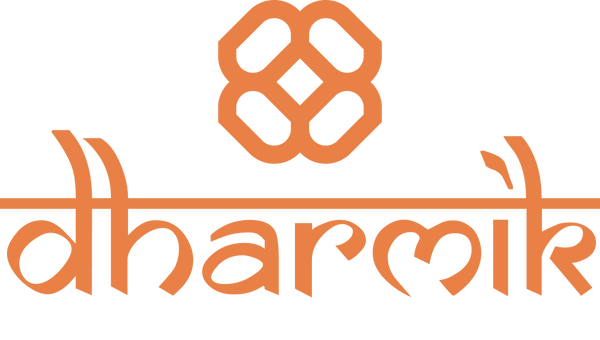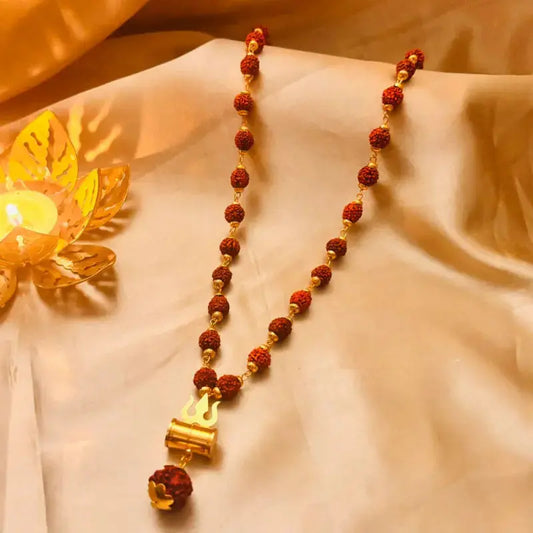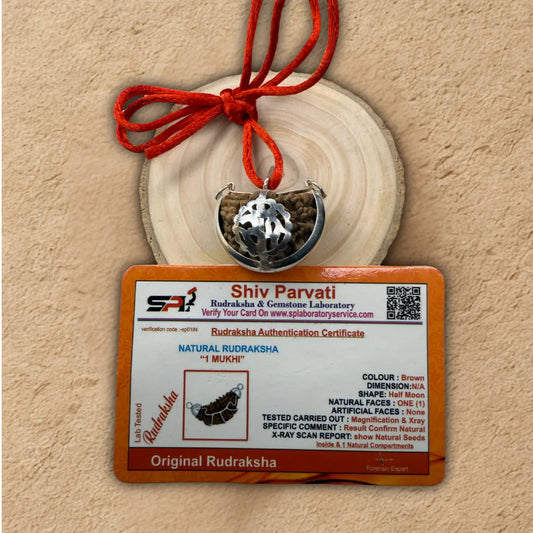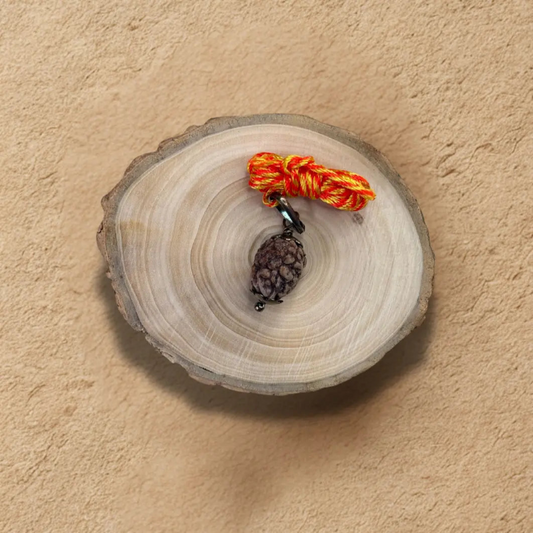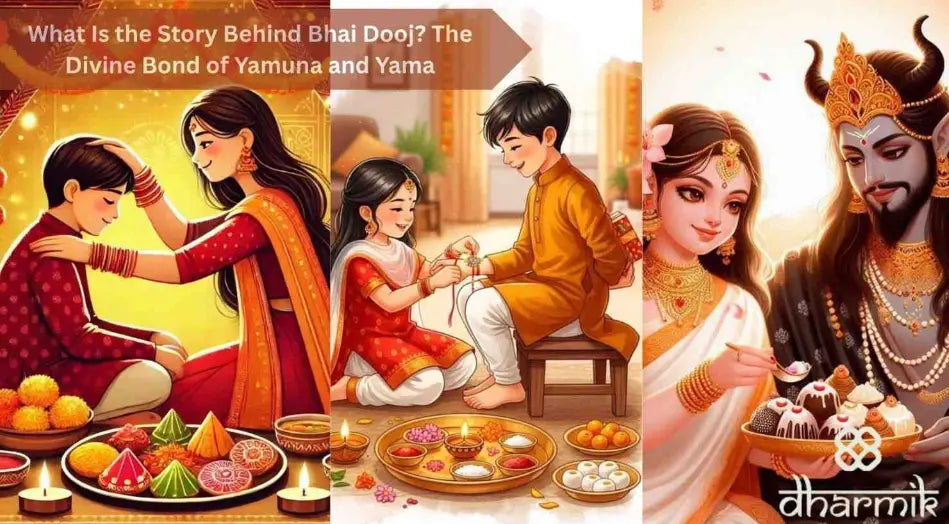
What Is the Story Behind Bhai Dooj? The Divine Bond of Yamuna and Yama
Share
Bhai Dooj is one of the most heartwarming festivals celebrated in India, symbolizing the eternal bond between brothers and sisters. Observed with love, rituals, and devotion, this festival occurs two days after Diwali, during the bright moon of Shukla Paksha in the Hindu month of Kartik.
Beyond the celebration of familial affection, Bhai Dooj has deep mythological roots that highlight the protective and nurturing relationship between siblings, especially in the divine context of Yama and Yamuna.

The Origin of Bhai Dooj
The origin of Bhai Dooj is steeped in ancient legends, giving rise to the festival’s unique traditions. The festival commemorates the Yama and Yamuna story, where Yamuna invited her brother Yama, the god of death, to her home. She performed rituals and applied a tilak on his forehead, praying for his well-being. Touched by her love, Yama promised that every brother who visits his sister on this day will be blessed with long life and prosperity.
This connection is celebrated annually through Bhai Dooj, emphasizing the spiritual and emotional bond between siblings. Over centuries, this festival has transcended myth to become a day of family unity and affection.
The Bhai Dooj Story in Detail
The Bhai Dooj story unfolds with divine affection and brother-sister loyalty. According to legend, after Yamuna welcomed Yama to her home and performed aarti, she prepared a feast for him. This ritual act symbolized gratitude, protection, and love. Yama, moved by his sister’s devotion, promised to bless all her brothers with longevity.
This tale illustrates the principle that Bhai Dooj is not merely a social custom but a day of divine blessing, spiritual connection, and moral reinforcement of familial duties. Sisters perform rituals with the belief that their brothers will remain safe and prosperous.
How Bhai Dooj Is Celebrated
Celebration of Bhai Dooj varies across India, but the essence remains the same: expressing love and seeking blessings. The festival begins with sisters performing aarti for their brothers, applying a tilak, and offering sweets. Brothers, in return, give gifts and vow to protect their sisters.
Key rituals include:
-
Drawing a decorative rangoli at the entrance of homes.
-
Preparing traditional sweets like laddoos and barfis.
-
Performing the tilak ceremony, followed by exchanging gifts.
This celebration reflects the significance of Bhai Dooj, which is to honor the protective and nurturing bond between siblings.
The Divine Yama and Yamuna Story
The Yama and Yamuna story forms the divine foundation of Bhai Dooj. According to mythology, Yamuna invited her elder brother Yama to her home after Diwali. She treated him with respect and performed a protective ritual known as tilak, accompanied by prayers for his well-being. Touched by her devotion, Yama assured her that any brother visiting his sister on this day will be blessed with a long life.
Sisters can also give an authentic Rudraksha mala to their brothers during Bhai Dooj. This sacred bead necklace symbolizes spiritual protection, positive energy, and a divine connection, complementing the blessings exchanged through tilak and sweets.
This legend underscores the importance of familial love and the moral principle of caring for one another. By celebrating Bhai Dooj, devotees honor this divine bond, ensuring the continuation of love and respect within families.
Regional Variations of Bhai Dooj
Bhai Dooj is celebrated across India with slight regional variations. In Maharashtra, it is known as Bhau Beej, while in Bengal it is called Bhai Phonta. Despite differences in nomenclature, the underlying rituals remain consistent: sisters welcome their brothers, perform the tilak, and exchange gifts.
In some regions, the Bhai Dooj story is recited to children, helping them understand the divine example set by Yamuna and Yama. This educational aspect adds depth to the celebrations, making the festival a blend of devotion, culture, and moral learning.
Significance of Bhai Dooj
The significance of Bhai Dooj extends beyond rituals and gifts. It symbolizes the enduring bond of protection, love, and respect between brothers and sisters. Sisters pray for their brothers’ health and prosperity, while brothers commit to safeguarding their sisters.
Other aspects of the festival include
- Strengthening family ties and fostering unity.
- Celebrating moral values like respect, gratitude, and love.
-
Honoring the divine example of Yama and Yamuna in daily life.
Through this festival, the significance of Bhai Dooj is reflected in both spiritual devotion and social harmony.

Modern-Day Celebrations
In contemporary times, Bhai Dooj is celebrated in urban and rural households with equal enthusiasm. Sisters often post pictures and messages on social media, and families arrange get-togethers and special meals. Yet, the core values remain: love, respect, and protection.
In modern celebrations, gifting has evolved beyond sweets. A Panch Mukhi Original Rudraksha Bracelet serves as a thoughtful and spiritual present for brothers, symbolizing protection and devotion, aligning perfectly with the essence of Bhai Dooj.
Children learn about the Yama and Yamuna story from parents and elders, ensuring that the festival’s divine and moral essence continues across generations. Even gifts and sweets become a medium to reinforce affection, following the ancient traditions of Bhai Dooj.
How to Celebrate Bhai Dooj at Home
Even if families cannot meet in person, Bhai Dooj can be celebrated at home with devotion and creativity. Suggestions include:
-
Prepare a small puja altar with tilak and sweets.
-
Read or narrate the Bhai Dooj story to children.
-
Exchange gifts and heartfelt messages via calls or video chats.
-
Emphasize the moral lessons from the Yama and Yamuna story, nurturing values of respect and protection.
These practices help maintain the spiritual and emotional essence of the festival while adapting to modern lifestyles.
FAQs About Bhai Dooj
Q1: What is Bhai Dooj?
A: Bhai Dooj is a Hindu festival celebrating the bond between brothers and sisters, observed two days after Diwali with rituals, prayers, and gift exchanges.
Q2: What is the Bhai Dooj story?
A: The Bhai Dooj story narrates how Yamuna welcomed her brother Yama, applied tilak, and performed rituals, resulting in blessings for all brothers.
Q3: What is the Yama and Yamuna story?
A: The Yama and Yamuna story highlights the divine bond between siblings, showing Yama blessing Yamuna’s brothers for life and prosperity.
Q4: What is the significance of Bhai Dooj?
A: The significance of Bhai Dooj lies in celebrating love, protection, and respect between siblings while honoring divine examples from mythology.
Q5: How is Bhai Dooj celebrated?
A: Sisters perform tilak and aarti for their brothers, offer sweets, and exchange gifts, while reciting the Bhai Dooj story to honor the divine bond.
Final Reflections
Bhai Dooj is more than a festival—it is a celebration of divine love, familial devotion, and moral values. Rooted in the Yama and Yamuna story, the festival teaches the importance of protection, gratitude, and emotional bonds between siblings. Through the recitation of the Bhai Dooj story, performing rituals, and exchanging gifts, families honor these principles while reinforcing their relationships.
Whether celebrated in traditional homes or modern settings, the significance of Bhai Dooj continues to inspire devotion, unity, and joy, making it a timeless festival that strengthens the spiritual and emotional fabric of society.

